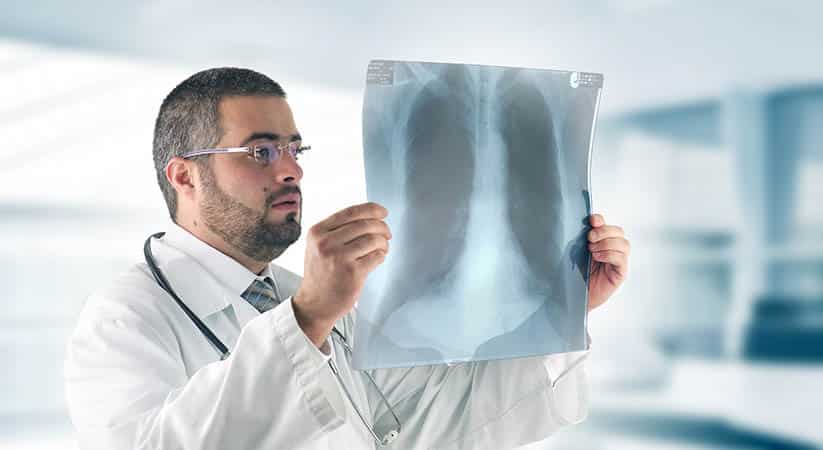A herniated disc can severely disrupt the nerve supply of corresponding regions leading to muscle weakness, excruciating pain and numbness in the legs and arms. Sometimes these symptoms can severely affect the quality of life of the patient. In most instances, a herniated disk does improve in 4-6 weeks with immobilization or the treatment recommend by a back pain doctor. In this blog, we will be discussing some of the treatment options used in the management of a herniated disk.
Rest
Once the diagnosis is confirmed, your doctor may advise ample resting and physical immobilization for up to 2 days. Resting can help relieve the swelling and gives your back more time to heal. Physical immobilization for a few days can help alleviate signs and symptoms, and may also decrease muscle damage. After the initial 2 days, we recommend slow and steady walking to avoid tensing and stiffness of the muscles and joints. Be sure to not indulge in any sorts of harsh physical activity and object lifting during this time. You can also alternate with hot and cold packing to help relieve the pain and swelling on your back.
Medications
There are usually 3 modes of pain management medications most doctors will advise you for a herniated disc. The first option is your good old over the counter medication such as non-steroidal anti-inflammatory medications like ibuprofen and naproxen. These medications can help alleviate symptoms of pain and swelling. Be cautious to not use these medicines for more than 10 days without informing your physician as long term use can lead to heart problems and bleeding. The second class of drugs are the narcotics (codeine or morphine) used as a short term management for instant relief from excruciating pain. The third class of drugs are the nerve pain medications such as amitriptyline, gabapentin and pregabalin that are highly effective in managing this condition.
Physiotherapy
A physical therapist, also called physiotherapist, can teach you a few low key exercises that can help strengthen the muscles that support your back. Usually a combination of light aerobics, stretching exercises, yoga and massaging techniques can make all the difference. Additional options such as electrical stimulation, ice packing and ultrasound therapy may help as well.
Injections
Sometimes your physician may recommend a local injection of steroids into the vertebral space. This is usually done if rest, painkillers and physical therapy are unable to alleviate the pain. Your physician may use an x-ray or ultrasound as a guide to inject at the right spot. An epidural injection of steroids can help bring the pain down, ease swelling and make walking and sitting much more easier.
Surgery
Sometimes even after the course of 4-6 weeks, your symptoms and signs might not improve. At other times, you might be feeling a change in your bowel and urinary habits or having trouble walking or standing. This is usually the time when your spine doctor might start thinking about performing a necessary spine surgery before symptoms get worse.
Lumbar Laminotomy
Sometimes, the surgeon will remove a small piece of the vertebrae along with the damaged disc in an attempt to improve symptoms. This can massively improve sciatica related pain and numbness in the patient. Following a laminotomy, a spinal fusion may be done in which two vertebrae are fused locally to stabilize the spine.
Diskectomy
During diskectomy, your surgeon will remove the damaged disk that will relieve the impingement on surrounding nerves and structures thus greatly improving symptoms. Now your doctor can approach this operation in a few ways. The first way is an open diskectomy in which an incision is made at the back to visualize the disc. Another method is a microdiscectomy, which is done through a very small incision and a camera with a tube is lodged in the spinal space to visualize and remove the disc.
Artificial Disc Surgery
Only a few patients are truly fit for this surgery, in which orthopedic surgeons McLean remove the old disc and replace it with a metal or plastic disc. Although this surgery is only successful in limited vertebral spaces, it can greatly improve the physical mobilization of this patient.






